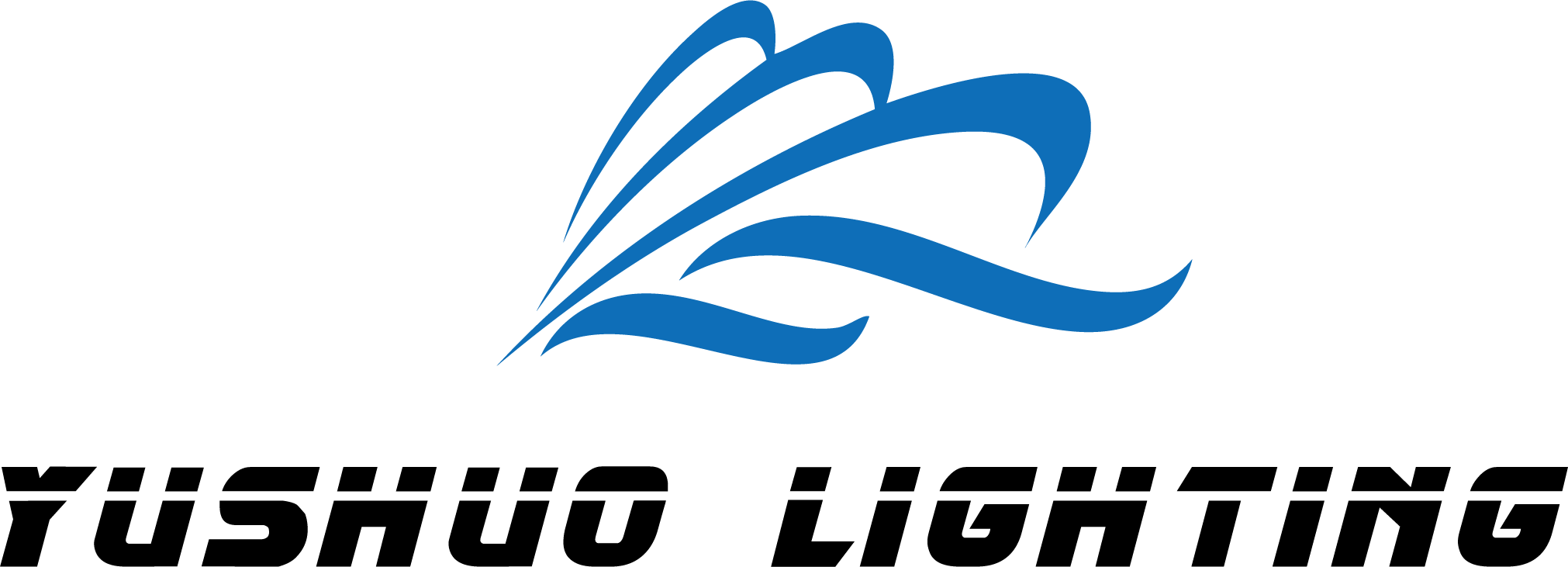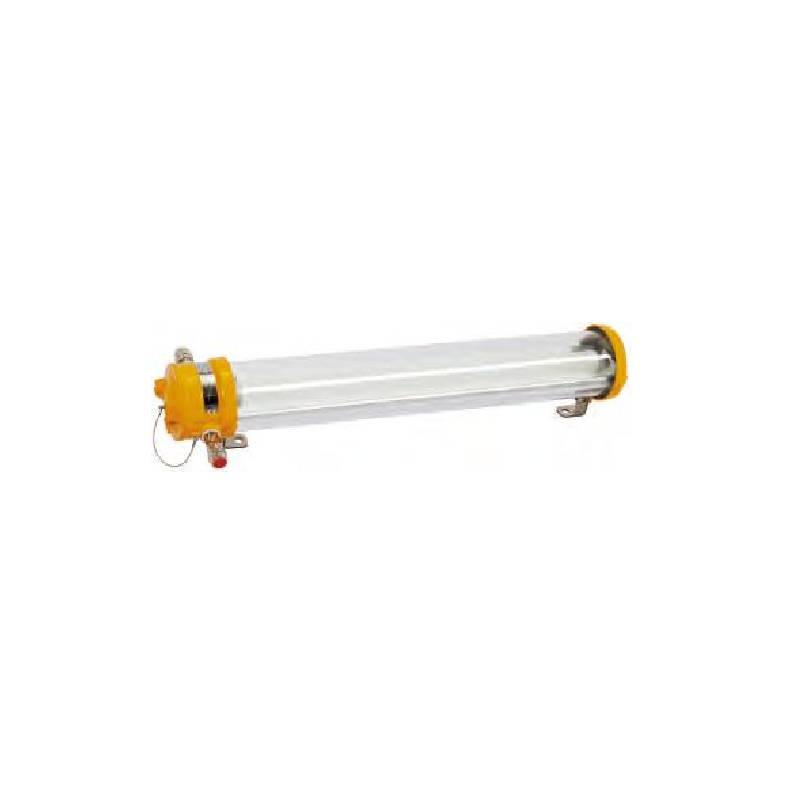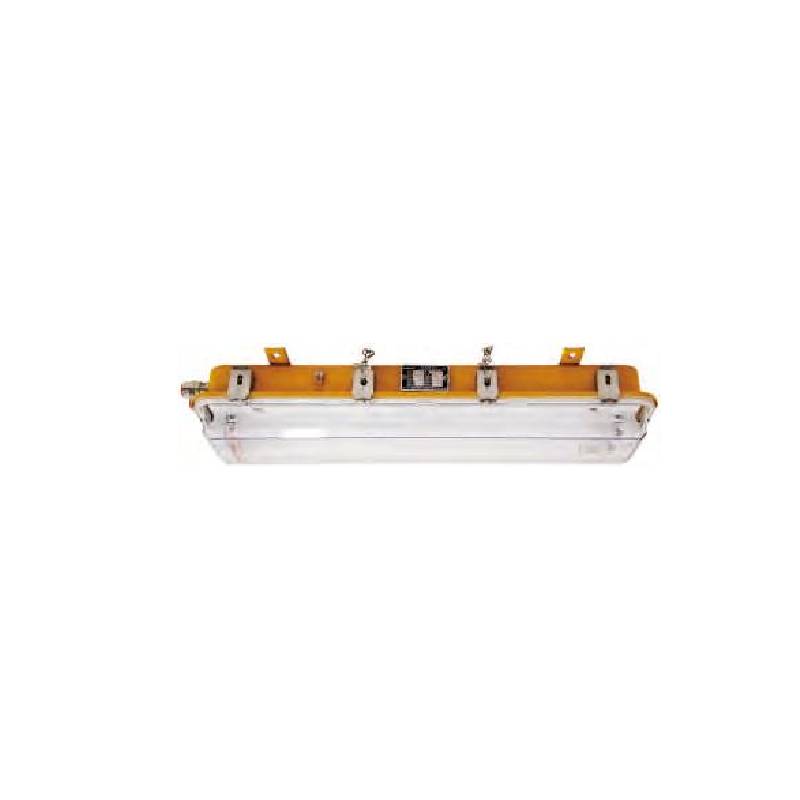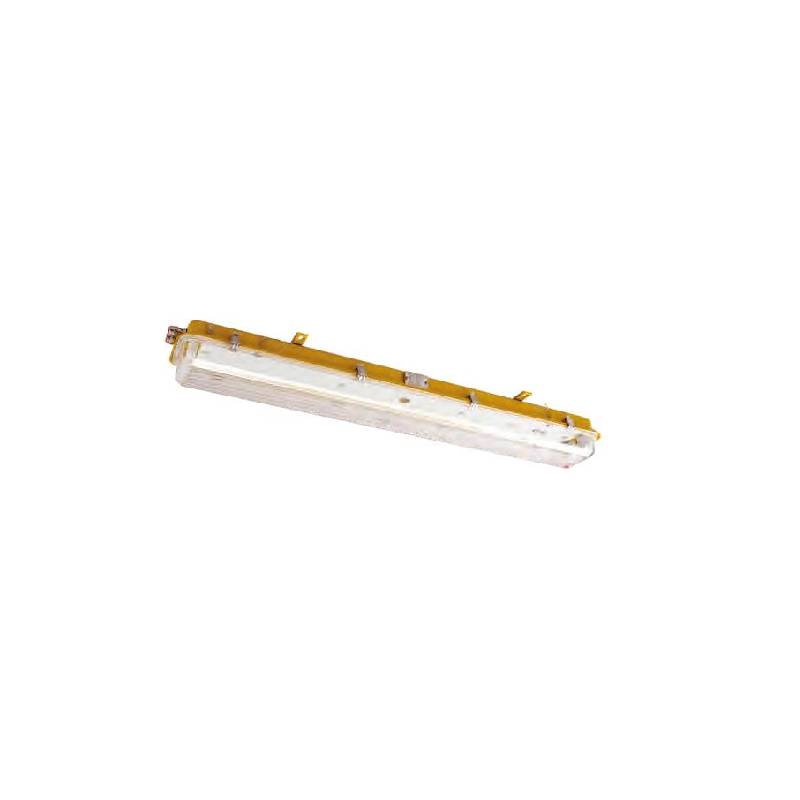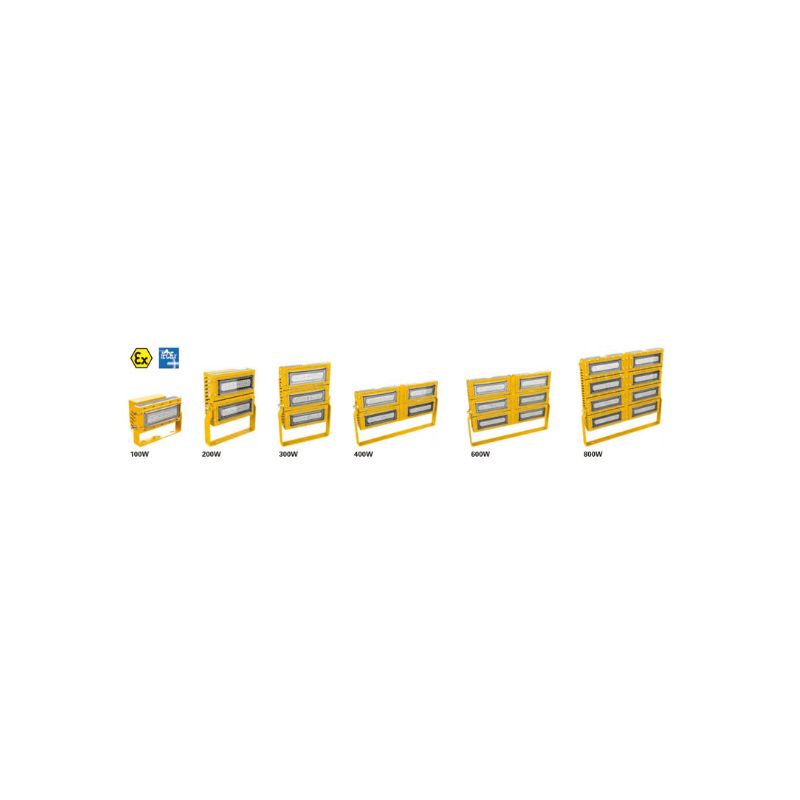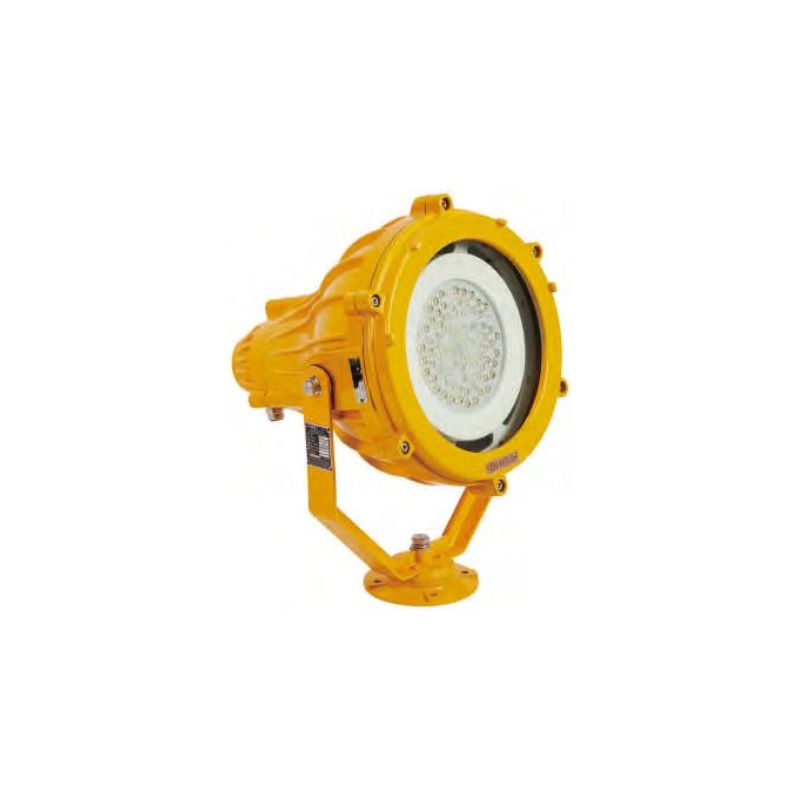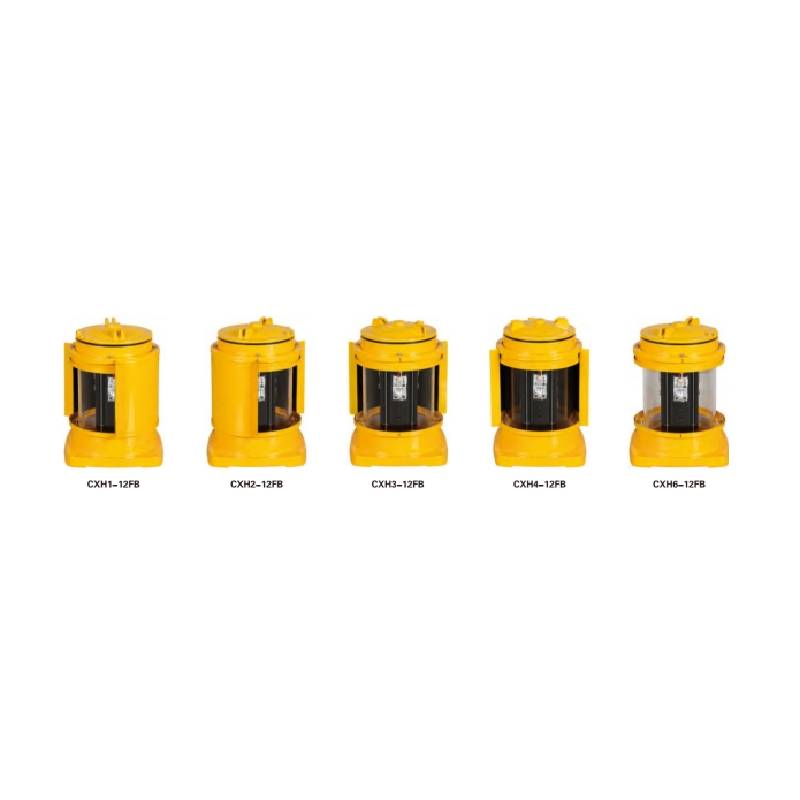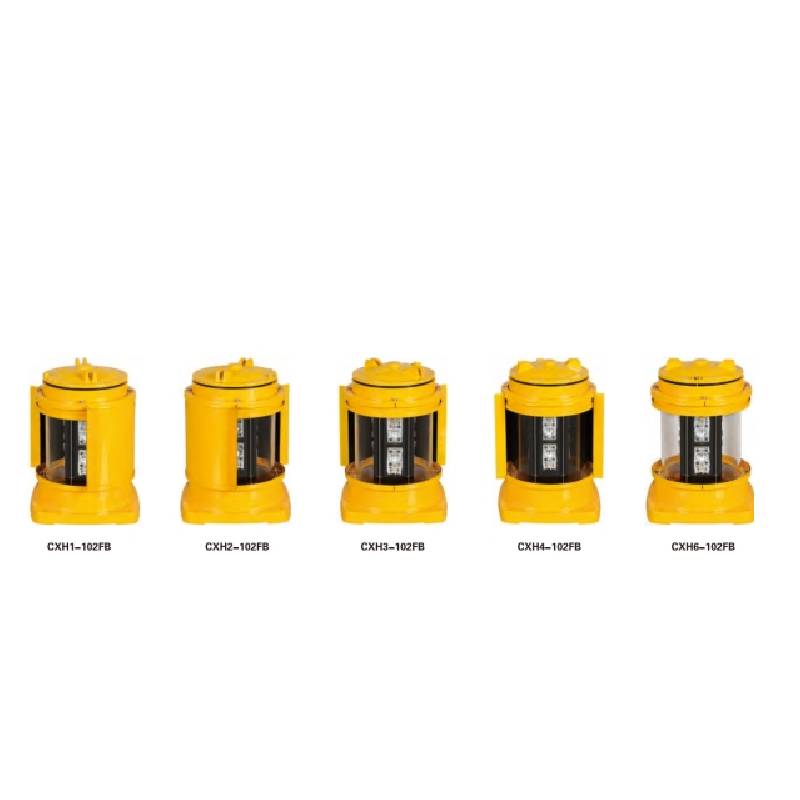Cost-benefit Analysis of LED vs. Traditional Explosion-proof Lights in Marine Applications
Table of Contents
Explosion-proof lighting is essential in marine environments, where safety and durability are critical, especially in hazardous areas like oil tankers, offshore platforms, and fuel storage areas. These areas require lighting solutions that prevent sparks or overheating, which could ignite surrounding gases or particles. As technology has advanced, LED (Light Emitting Diode) lighting has increasingly been adopted over traditional lighting options (such as fluorescent, incandescent, and high-intensity discharge lights) due to its longevity and efficiency. However, understanding the cost-benefit between LED and traditional explosion-proof lights for marine applications is vital for informed decision-making.

A Detailed Cost-benefit Analysis of LED and Traditional Explosion-proof Lights in Marine Applications
1. Initial Costs
- LED Lights: LEDs generally have a higher upfront cost. The complex design of LED fixtures, which includes semiconductors, heat management components, and specialized casings, contributes to the expense. However, the high initial investment is balanced by a significantly longer lifespan and lower operating costs.
- Traditional Lights: Incandescent, fluorescent, and HID explosion-proof lighting options have lower purchase prices, making them attractive for those aiming to minimize short-term spending. But because these fixtures typically have a shorter lifespan and higher maintenance needs, the cost savings may not hold over time.
2. Energy Efficiency
- LED Lights: LED explosion-proof lights are exceptionally energy-efficient, converting most energy into light and using up to 80% less electricity than traditional lighting. This is particularly beneficial in marine environments where lighting often needs to run continuously, resulting in substantial energy savings.
- Traditional Lights: Traditional explosion-proof lights consume more energy, with incandescent lamps converting only about 10% of their energy into visible light while the rest is lost as heat. This reduced efficiency contributes to higher electricity costs and may not align well with sustainability goals.
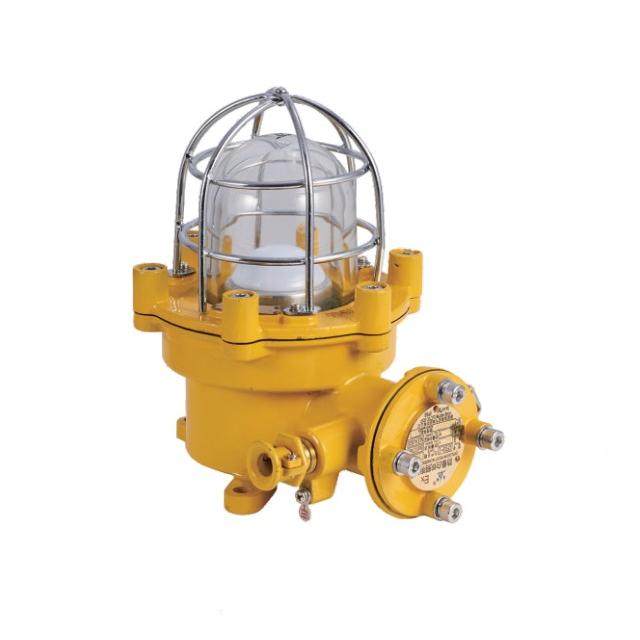
3. Durability and Lifespan
- LED Lights: LED explosion-proof lights last considerably longer than traditional lights, with a typical lifespan of 50,000 to 100,000 hours. This durability reduces the need for frequent replacements and maintenance, which is especially advantageous in remote or hard-to-access marine locations.
- Traditional Lights: The lifespan of traditional explosion-proof lights varies widely. Incandescents typically last about 1,000 hours, while fluorescent explosion-proof lights may reach up to 15,000–20,000 hours. Shorter lifespans result in higher maintenance and replacement costs, adding to the total cost over time.
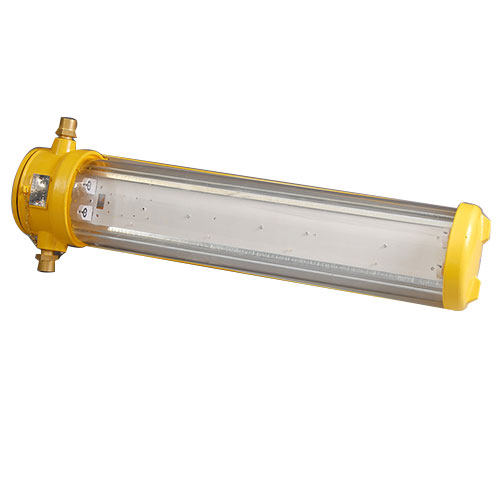
4. Maintenance and Replacement Costs
- LED Lights: Due to their durability and longer lifespan, LED explosion-proof lights require less frequent maintenance, leading to lower long-term costs. This is particularly valuable in marine environments, where maintenance and replacement can be time-consuming and costly due to safety protocols and challenging accessibility.
- Traditional Lights: Traditional lighting generally requires more frequent maintenance and replacement. In marine explosion-proof applications, the frequent handling of these lights in hazardous areas increases operational risk and costs, as these tasks often need specialized technicians and equipment.
5. Lighting Quality and Performance in Marine Settings
- LED Lights: LED explosion-proof lighting provides bright, focused illumination with adjustable color temperatures, which can enhance visibility in different marine conditions. LEDs maintain consistent brightness and performance, even under variable temperatures and humidity.
- Traditional Lights: Incandescent and HID lights offer high-intensity lighting, but they lack the adjustability and consistency of LEDs. Additionally, traditional lights are often sensitive to temperature fluctuations, affecting their performance in harsh marine environments.
6. Environmental Impact
- LED Lights: LED explosion-proof lights are more environmentally friendly due to their low energy consumption and lack of hazardous materials. They also produce less waste over time because of their extended lifespan, which aligns with the sustainability goals of many marine organizations.
- Traditional Lights: Many traditional explosion-proof lights, especially fluorescent lamps, contain harmful materials like mercury, which necessitate special disposal procedures. Shorter lifespans mean more frequent replacements, resulting in greater waste generation.
7. Safety Considerations
- LED Lights: LEDs emit less heat, which reduces the risk of overheating and accidental ignition in explosive marine environments. Many LED explosion-proof flood lights are designed specifically to minimize arcing and other potential hazards, enhancing safety.
- Traditional Lights: Incandescent and HID lamps emit more heat, posing a higher risk in explosive areas. While explosion-proof designs help mitigate these risks, LEDs’ inherently lower operating temperature provides an additional layer of safety.
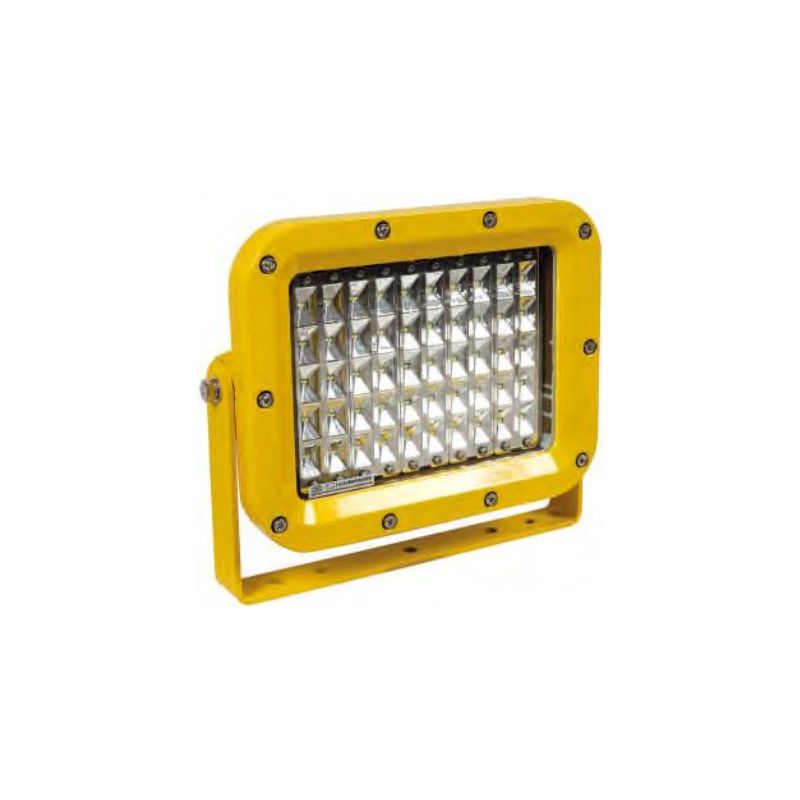
How to Choose between LED and Traditional Explosion-proof Lights for Marine Applications
| Criteria | LED Explosion-proof Lights | Traditional Explosion-proof Lights |
| Initial Cost | Higher upfront investment | Lower upfront cost |
| Energy Efficiency | Highly efficient, saving up to 80% in energy costs | Lower efficiency, leading to higher operating costs |
| Lifespan | 50,000–100,000 hours, reducing replacement needs | 1,000–20,000 hours, requiring frequent replacements |
| Maintenance Requirements | Minimal maintenance due to longer lifespan | Requires more frequent maintenance and replacements |
| Lighting Quality | Consistent brightness, adjustable color temperature | High intensity but less control over light color and consistency |
| Durability in Harsh Conditions | Very durable, resistant to temperature fluctuations | Sensitive to extreme temperatures, affecting performance |
| Environmental Impact | Environmentally friendly, low waste, no hazardous materials | Can contain hazardous materials (e.g., mercury), produces more waste |
| Safety (Heat Emission) | Low heat output, reducing risk of ignition | Higher heat output, requiring additional cooling and handling precautions |
| Best for | Long-term, energy-efficient applications; critical safety | Lower-budget, short-term installations with less usage |
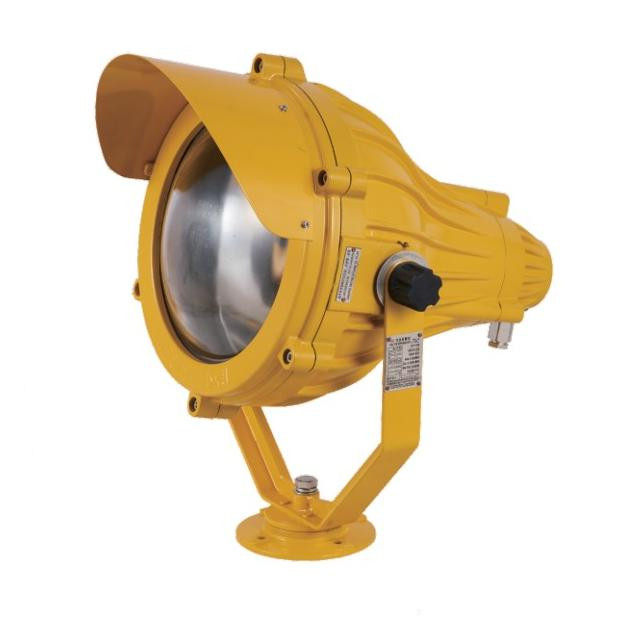
To sum up, LED explosion-proof lighting has an initial higher cost but provides considerable long-term benefits in energy efficiency, lifespan, reduced maintenance, etc, making it an ideal choice for marine applications. For organizations focused on long-term performance, environmental impact, and safety, LED explosion-proof lights proves to be the more cost-effective and sustainable solution in marine operations. Traditional explosion-proof lighting options may still be attractive for those with limited budgets, but the ongoing costs and maintenance requirements often outweigh the initial savings.
